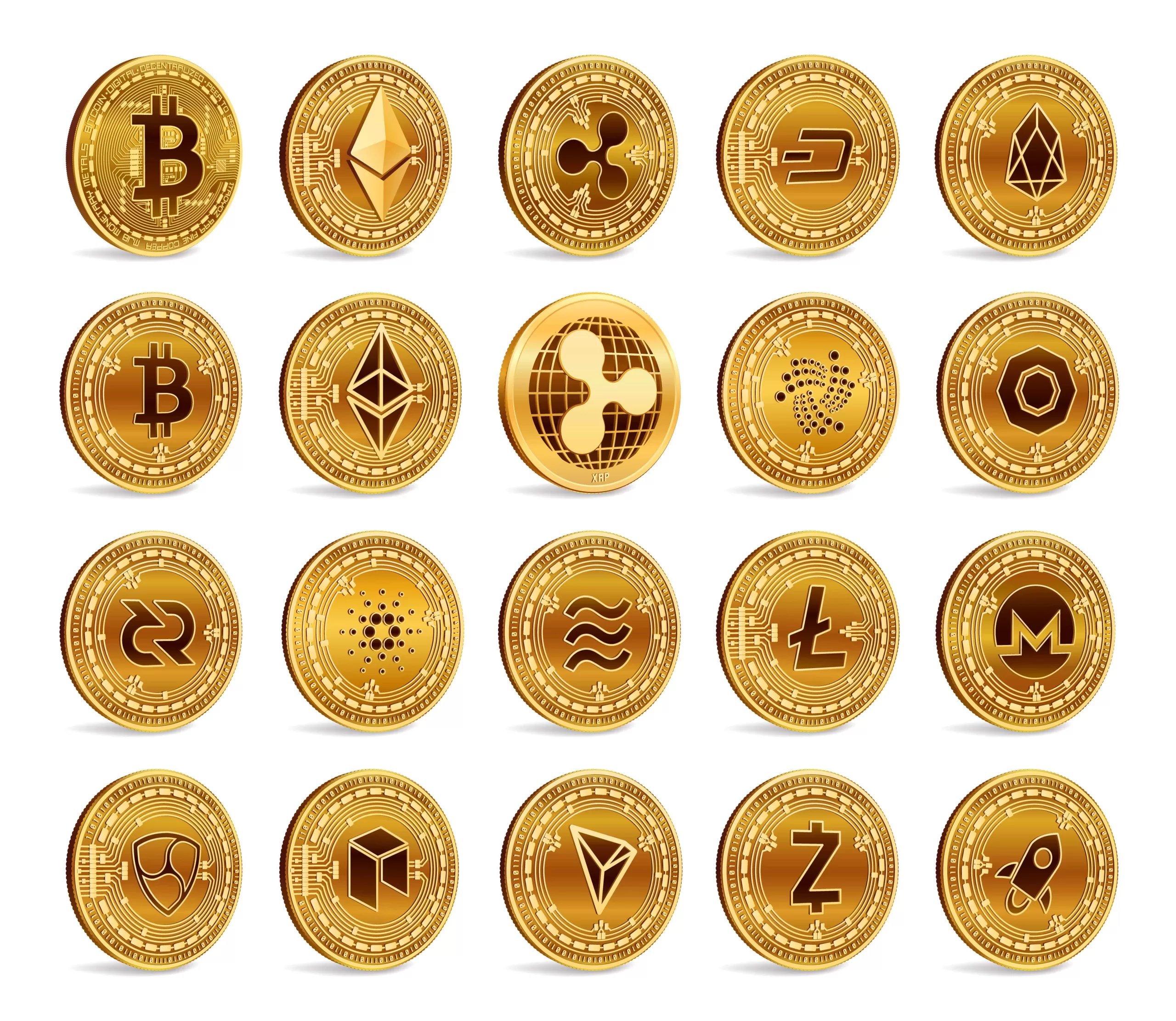Stablecoin Market Trends
Stablecoin Market Trends: A Full Analysis. In this article, we delve into the intricacies of the stablecoin market, providing you with a detailed overview that goes beyond the surface. Therefore, our aim is to offer a comprehensive understanding of stablecoins, their recent performance, and their role in the broader cryptocurrency ecosystem.
What are Stablecoins?
Stablecoins are a crucial component of the cryptocurrency landscape. These digital assets are designed to maintain a stable value, often pegged to traditional fiat currencies like the US Dollar (USD), Euro (EUR), or other assets such as gold. Next, this stability is achieved through various mechanisms, including collateralization, algorithmic algorithms, or a combination of both.
[maxbutton id=”2″ url=”https://realdailycash.com/stable-coins-a-beginners-guide/” text=”ACCESS NOW” ]
Types of Stablecoins: Stablecoin Market
- Fiat-Collateralized Stablecoins: These stablecoins are backed by a reserve of fiat currency. Each unit of the stablecoin is redeemable for a fixed amount of the underlying fiat currency. For instance, popular examples include Tether (USDT) and USD Coin (USDC).
- Crypto-Collateralized Stablecoins: These stablecoins are backed by a reserve of other cryptocurrencies. Hence, they maintain stability through overcollateralization and smart contract mechanisms. DAI, issued by MakerDAO, is a notable example.
- Algorithmic Stablecoins: These stablecoins rely on algorithms to maintain their value. They adjust the supply of the stablecoin based on market demand and supply, attempting to keep the price stable. Terra (LUNA) is a prominent example.
[maxbutton id=”2″ url=”https://www.datawallet.com/crypto/stablecoin-statistics” text=”LEARN NOW” ]
Recent Trends in the Stablecoin Market
The stablecoin market has been witnessing significant growth over the past few years. Key developments include:
1. Surging Adoption
Stablecoins have gained widespread adoption, serving as a bridge between the traditional financial world and the crypto space. So, they are widely used for trading, remittances, and as a store of value.
2. Regulatory Scrutiny
As stablecoins continue to gain popularity, regulators have started paying closer attention. This increased scrutiny has led to discussions about potential regulatory frameworks. Thus, which could impact the market’s future.
[maxbutton id=”2″ url=”https://realdailycash.com/paypals-innovative-stable-coin-launch/” text=”READ NOW” ]
3. Innovation in Stablecoin Design
Innovations in stablecoin design have led to the emergence of new types of stablecoins, such as algorithmic stablecoins and hybrid models. Therefore, these innovations aim to address some of the challenges faced by traditional fiat-backed stablecoins.
Stablecoins in Times of Market Volatility-Stablecoin Market
During periods of extreme cryptocurrency market volatility, stablecoins play a crucial role. Traders often seek refuge in stablecoins to protect their investments from rapid price fluctuations. Henceforth, this flight to stability can result in increased trading volumes and demand for stablecoins.
[maxbutton id=”2″ url=”https://coinmarketcap.com/view/stablecoin/” text=”SEE NOW” ]
The Future of Stablecoins
As the stablecoin market continues to evolve, several potential developments are worth considering:
1. Broader Adoption
Stablecoins could see even wider adoption as they become integrated into traditional financial systems. Central banks are exploring the creation of central bank digital currencies (CBDCs) that could coexist with existing stablecoins.
[maxbutton id=”2″ url=https://www.coindesk.com/markets/2023/08/09/stablecoin-market-to-grow-to-almost-3t-in-next-5-years-bernstein/” text=”KNOW NOW” ]
2. Enhanced Regulation
Regulatory clarity will play a pivotal role in shaping the future of stablecoins. Clear and favorable regulations could foster innovation and growth in this sector.
3. Technological Advancements
Advancements in blockchain technology could lead to more efficient and secure stablecoin systems. This could reduce counterparty risk and improve overall stability.
Conclusion-Stablecoin Market
In summary, stablecoins have become a fundamental component of the cryptocurrency ecosystem, offering stability and utility to users worldwide. Moving on, understanding their types, recent trends, and potential future developments is essential for anyone involved in the crypto space. Hence. as the stablecoin market continues to mature, staying informed about these developments is crucial for success. Lastly, be part of the stablecoin journey with crypto.com and earn $25.
[maxbutton id=”2″ url=”https://bit.ly/3WcKotO” text=”EARN $25 NOW” ]
Thanks for reading. LIKE-SHARE AND COMMENT
ARTICLES YOU WILL LIKE
FAQ:Stablecoin Market
What are Stablecoins?
Stablecoins are digital assets designed to maintain a stable value, often pegged to traditional fiat currencies or other assets like gold.
How do Fiat-Collateralized Stablecoins work?
Fiat-collateralized stablecoins are backed by a reserve of fiat currency, ensuring each unit can be redeemed for a fixed amount of the underlying fiat currency.
What are Crypto-Collateralized Stablecoins?
Crypto-collateralized stablecoins rely on reserves of other cryptocurrencies, maintaining stability through overcollateralization and smart contracts.
What sets Algorithmic Stablecoins apart?
Algorithmic stablecoins use algorithms to adjust their supply based on market demand, aiming to keep the price stable.
Why are Stablecoins important during market volatility?
During market turbulence, stablecoins provide a safe haven for traders, protecting their investments from rapid price fluctuations.
How might the stablecoin market evolve in the future?
The future of stablecoins could involve broader adoption, enhanced regulation, and technological advancements, shaping the crypto landscape.
ARTICLE DISCLAIMER:Stablecoin Market
First of all, thank you for reading. Furthermore, all information presented in our articles is for informational and educational purposes only. We do NOT endorse any specific products or services, and our content should not be considered as financial or professional advice. Therefore, always conduct your research and consult with appropriate experts when making decisions based on the information provided in our articles.


